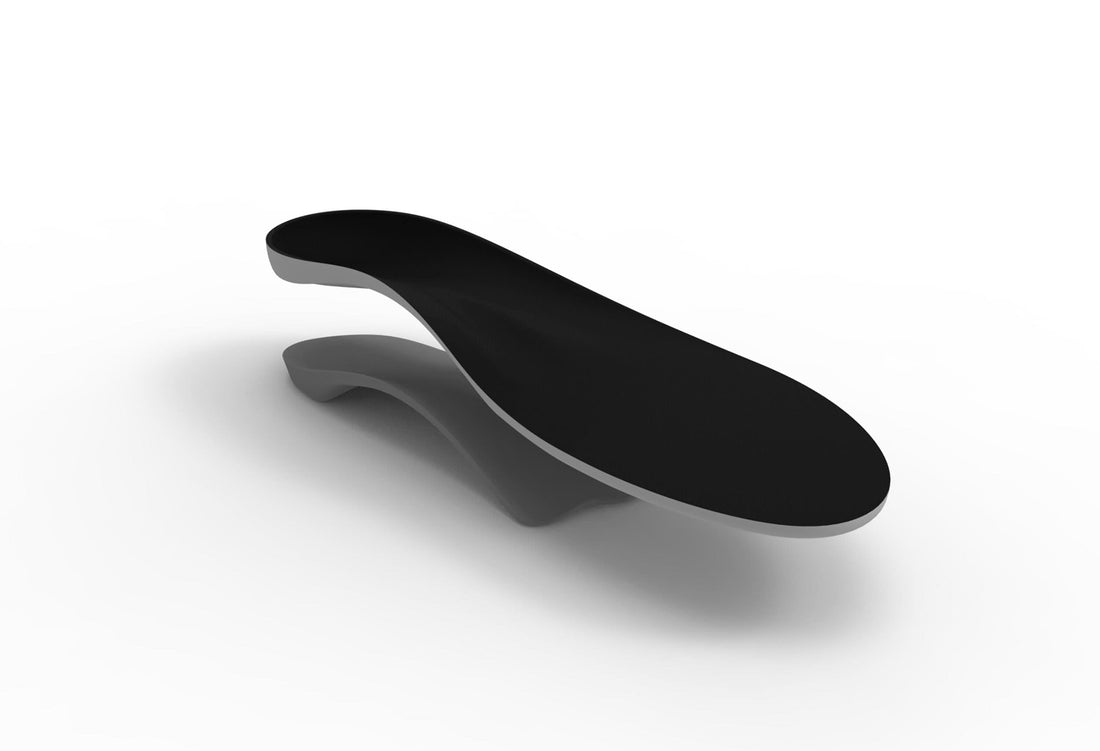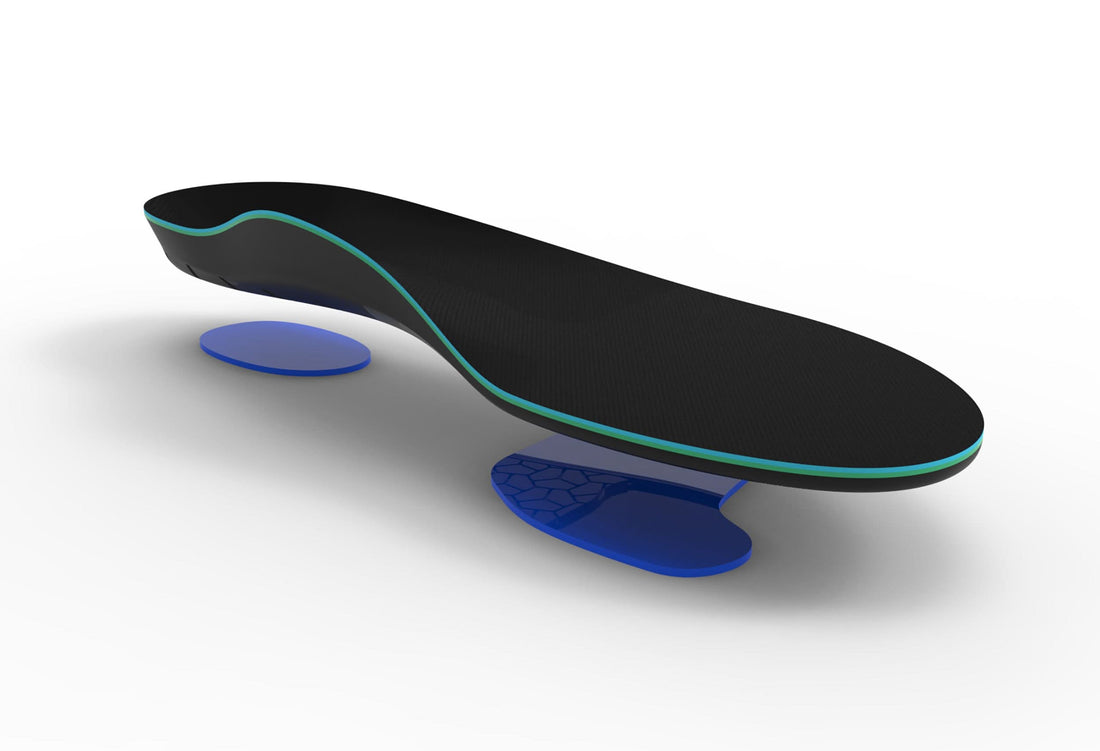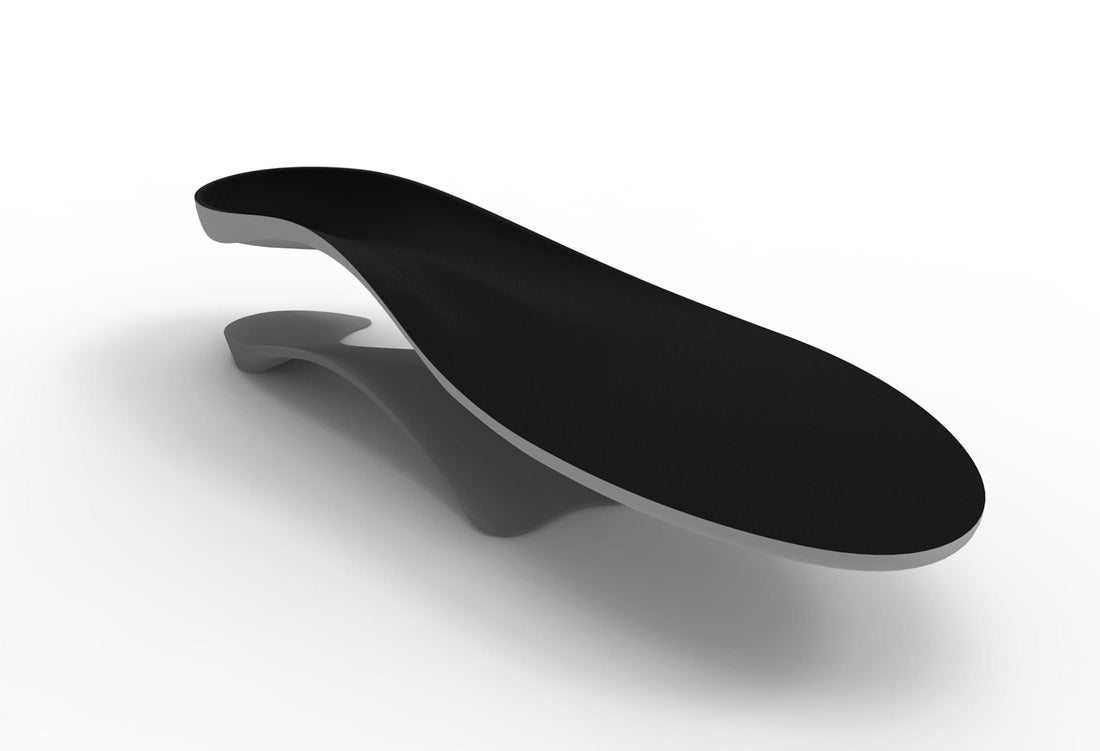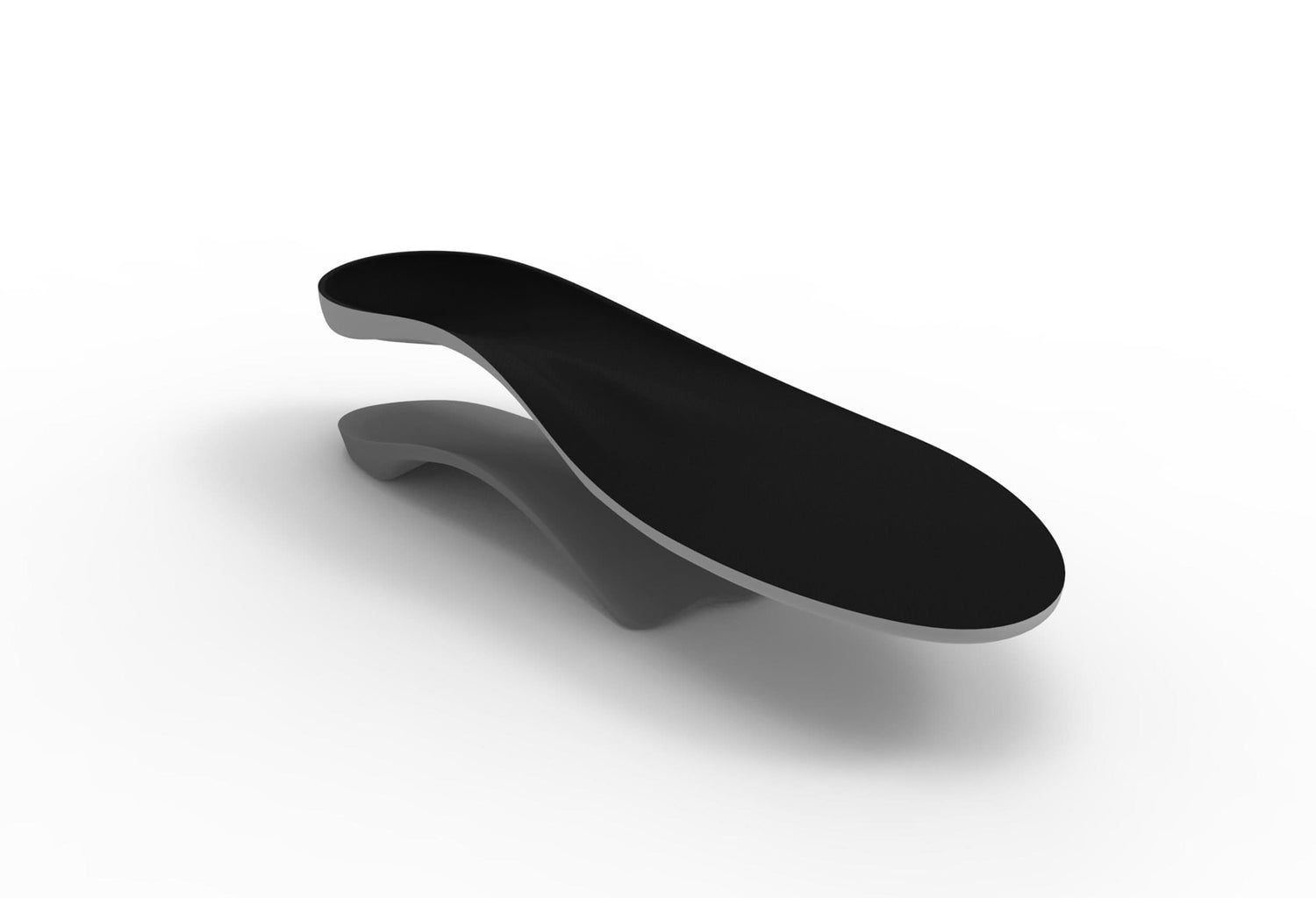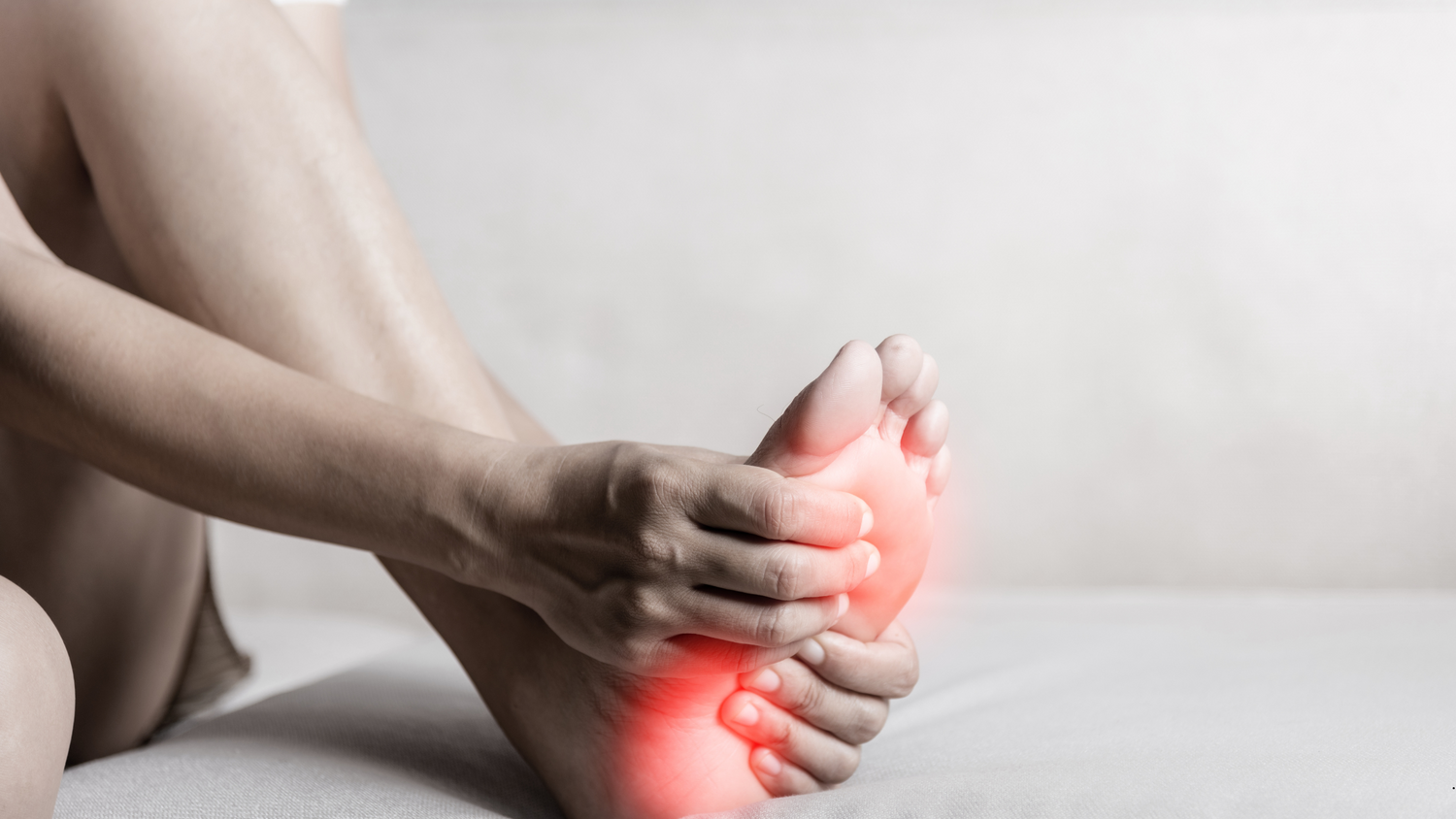Inversion ankle sprains occur when an individual rolls over on their ankle outwards (heel rolls out and the toes point inwards.). This is the most common way to roll an ankle, accounting for 90% of all ankle sprains.
Cause
Ankle sprains occur when the ligaments surrounding the ankle joint are over stretched or placed under stress which they are unable to withstand. The ligaments are designed to stabilise the major bones of the lower limb – the tibia and the fibula – and ensure their attachment to the heel bone is secure. This injury is often a result of poor footwear (unsupportive, not suitable for the activity), surface terrain (rocky, hilly, unstable pot holes etc), training errors (training tired, too much too soon) and poor biomechanics (foot posture during activity).
Symptoms
Ankle sprains are characterised by an event/trauma to the ankle where an individual “rolls their ankle”. This will be followed with some or all of the following symptoms;
- Swelling of the outside of the ankle
- Pain over the ankle
- Reduced range of motion
- Difficult to perform weight-bearing activities
- Possible residual aching at night (too much night pain may indicate a fracture of the bone).
Diagnosis
Based on the history of the condition and the current symptoms your medical practitioner diagnoses ankle sprains. Your podiatrist may request an X-ray to eliminate any bone fractures that may have occurred at the time of injury. If pain returns weeks after the time of the incident, scans will need to be taken in order to eliminate any secondary conditions that may occur after the injury was sustained.
Treatment
Ankle sprains respond best to the acronym RICE:
Rest: the patient should refrain from activity, such as sporting endeavors, until pain free. Walking may require accompanying crutches to assist.
Ice: immediately following an ankle sprain and for the next 48 hours, patients should be icing the affected area for 10-15mins at a time and repeat this process as often as possible (every 20mins ideally). This process helps to reduce the build up of inflammation (fluid) which impedes the healing process.
Compression: a basic bandaging of the ankle or taping from your Practitioner will also help reduce the build up of inflammation and immobilise the joint to assist the healing process.
Elevation: elevating of the limb, so that the foot is higher than the heart, will drain excess fluid which builds. This process may need to be followed by ongoing taping and physiotherapy massage and rehabilitation exercises to regain strength within the ligaments and tendons which have been weakened/damaged from the sprain.
Prevention
Rehabilitation exercises post ankle trauma and ongoing are vital in the prevention of this sprain reoccurring. Many ankle sprain sufferers will report a history of continual sprains, and this is often a result of poor rehabilitation post trauma. Implementing strengthening exercises such as heel raises and wobble board stability exercises will reduce the risk of post ankle sprain complications and reoccurrences. Should external influences such as training surfaces not be deemed as the cause of your injury, your foot posture, biomechanics and footwear will need to be assessed by your podiatrist. Often the way your foot functions during an activity can cause excessive stress on the ligaments of your ankle, which may be causing them to become weak. Orthotics may need to be inserted into your shoes, such as the Interpod Flex device, which is fitted with a features which assist in preventing too much stress on the outside of the foot.
References
http://www.physioroom.com/injuries/ankle_and_foot/ankle_sprain_full.php


